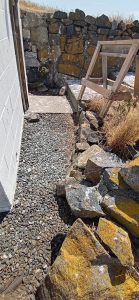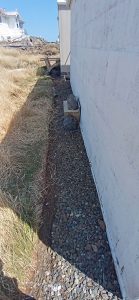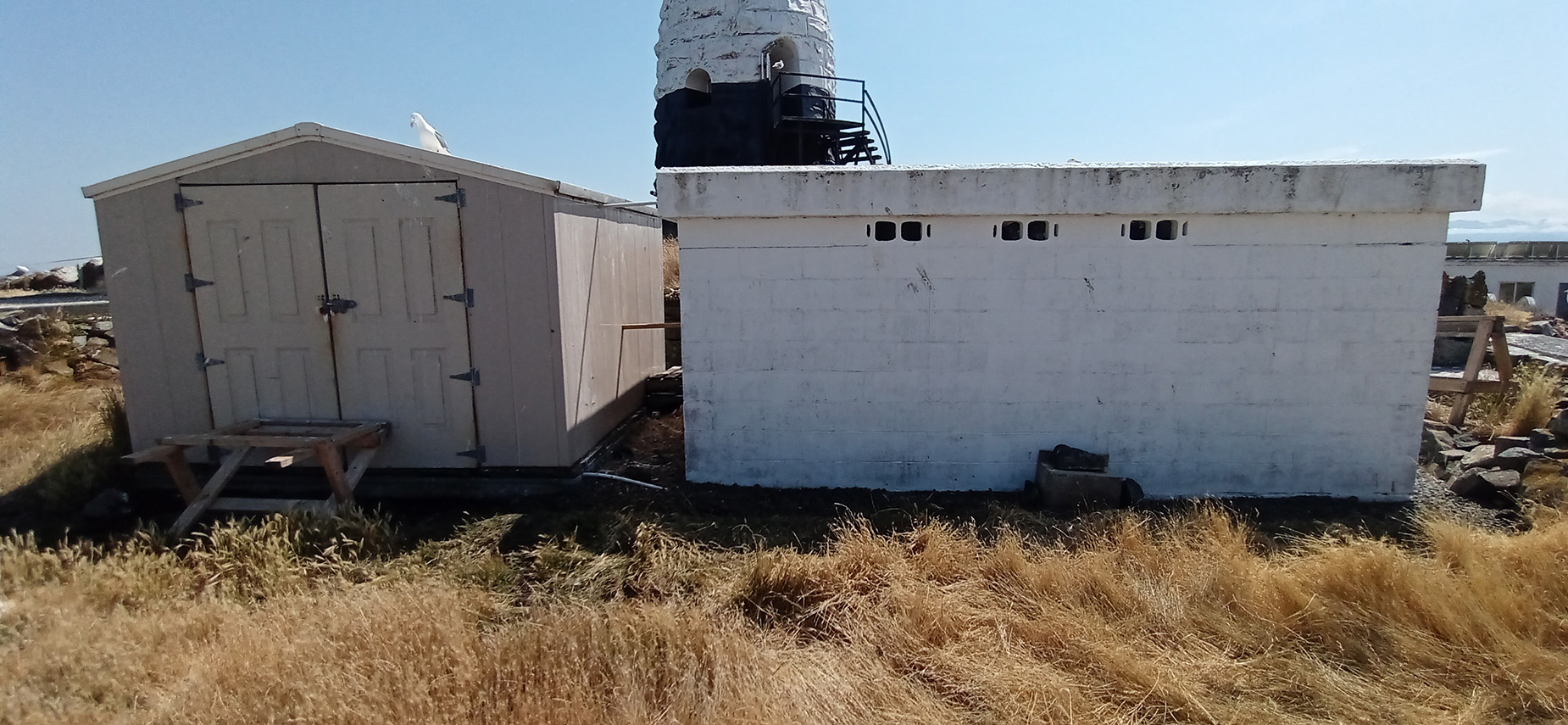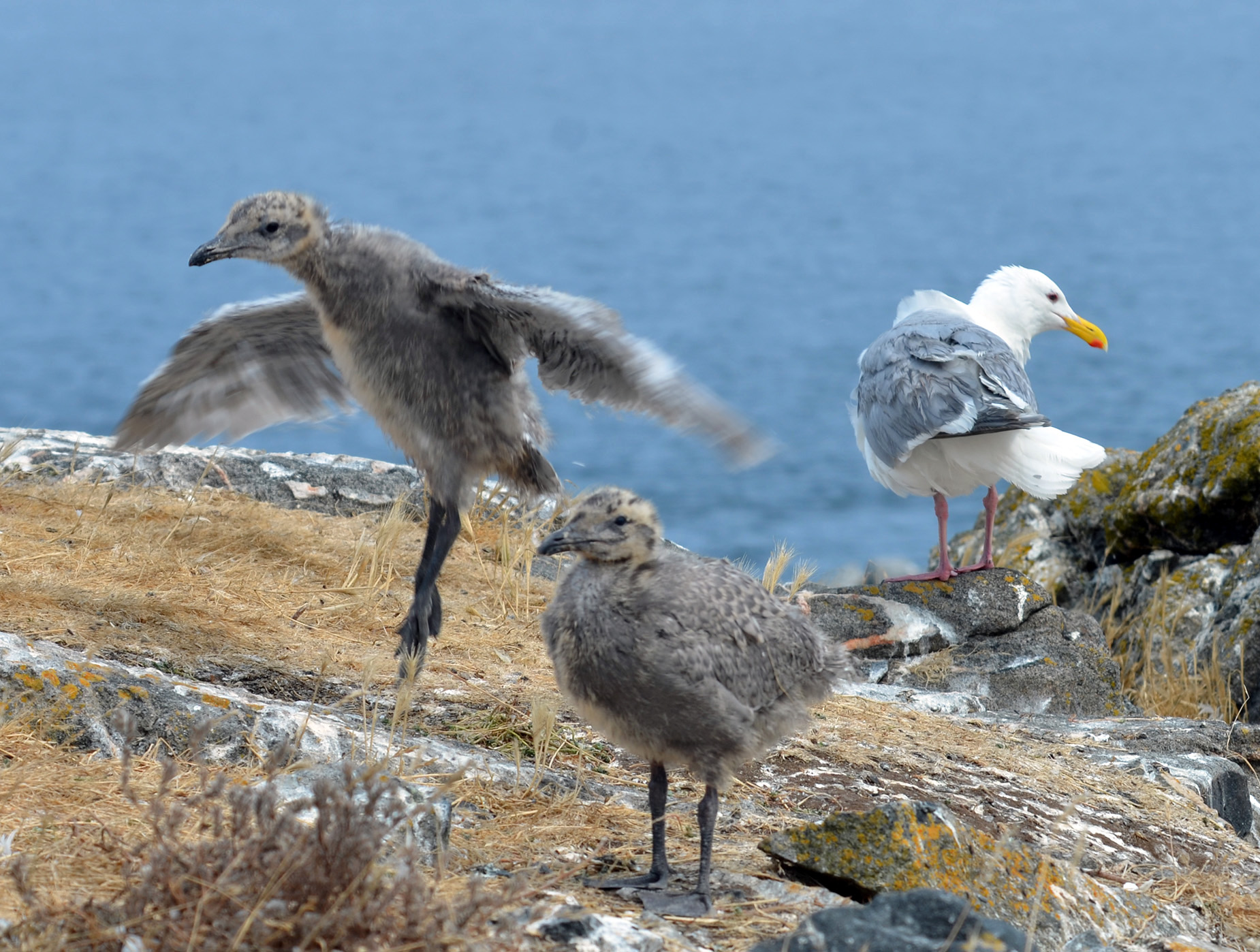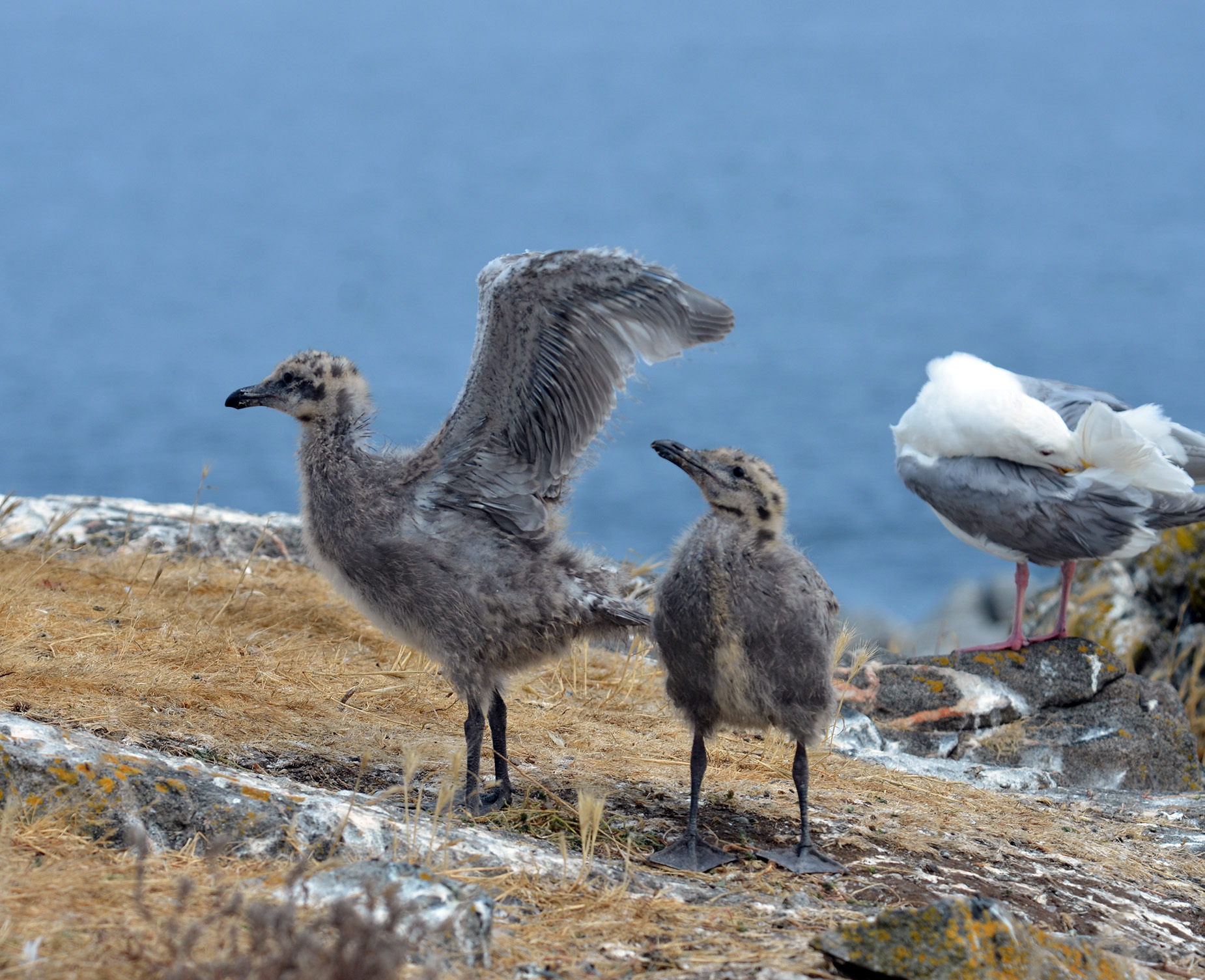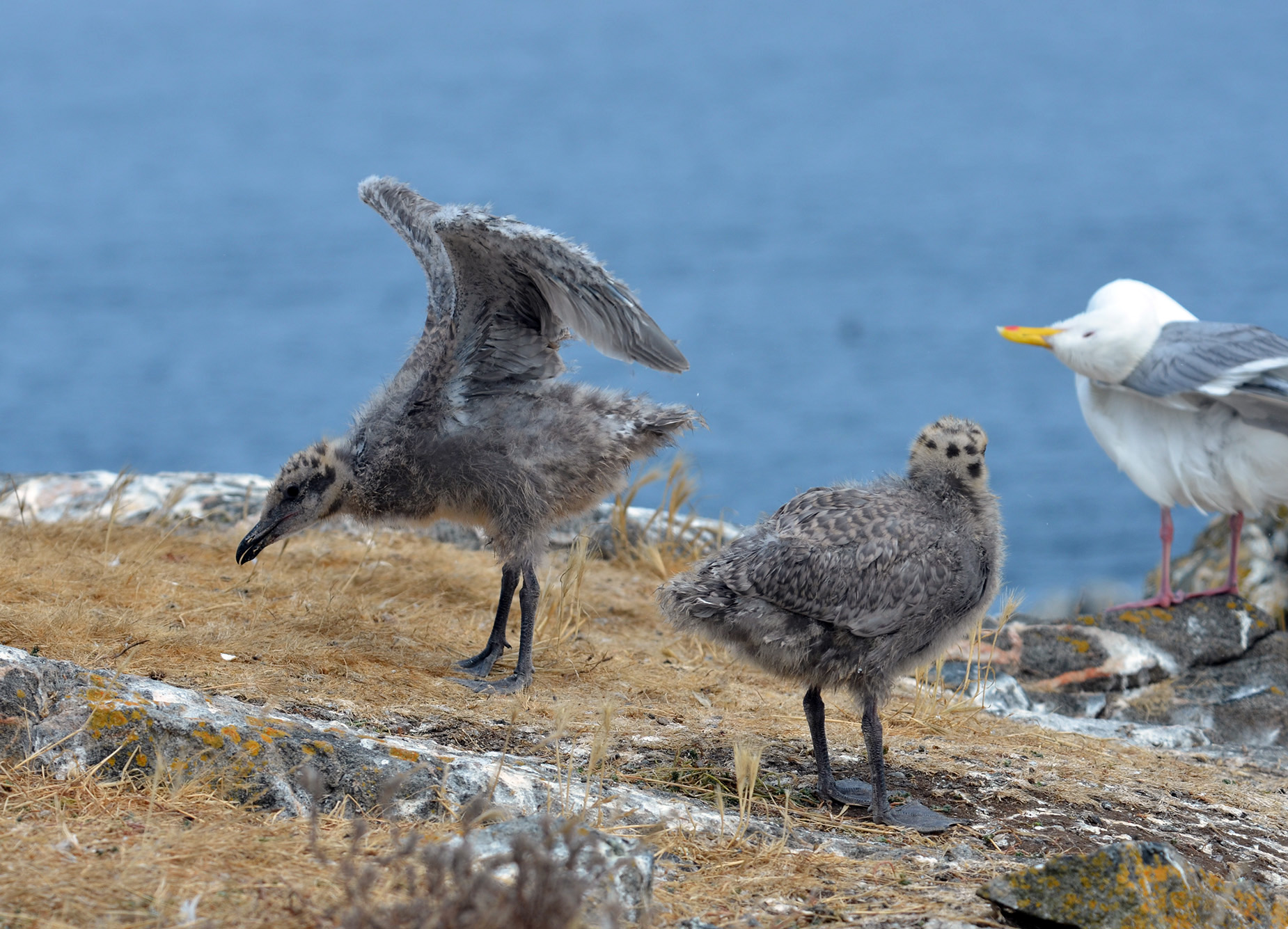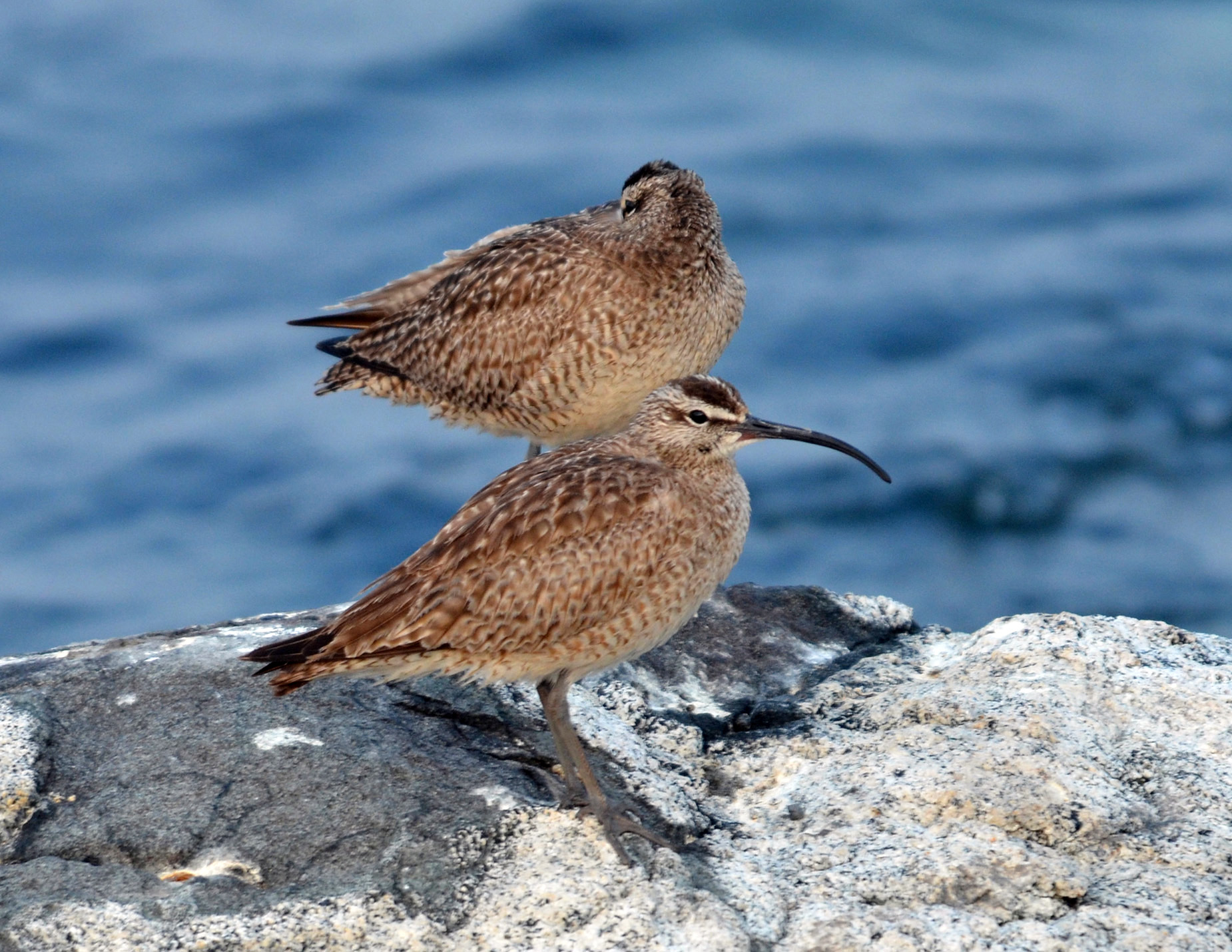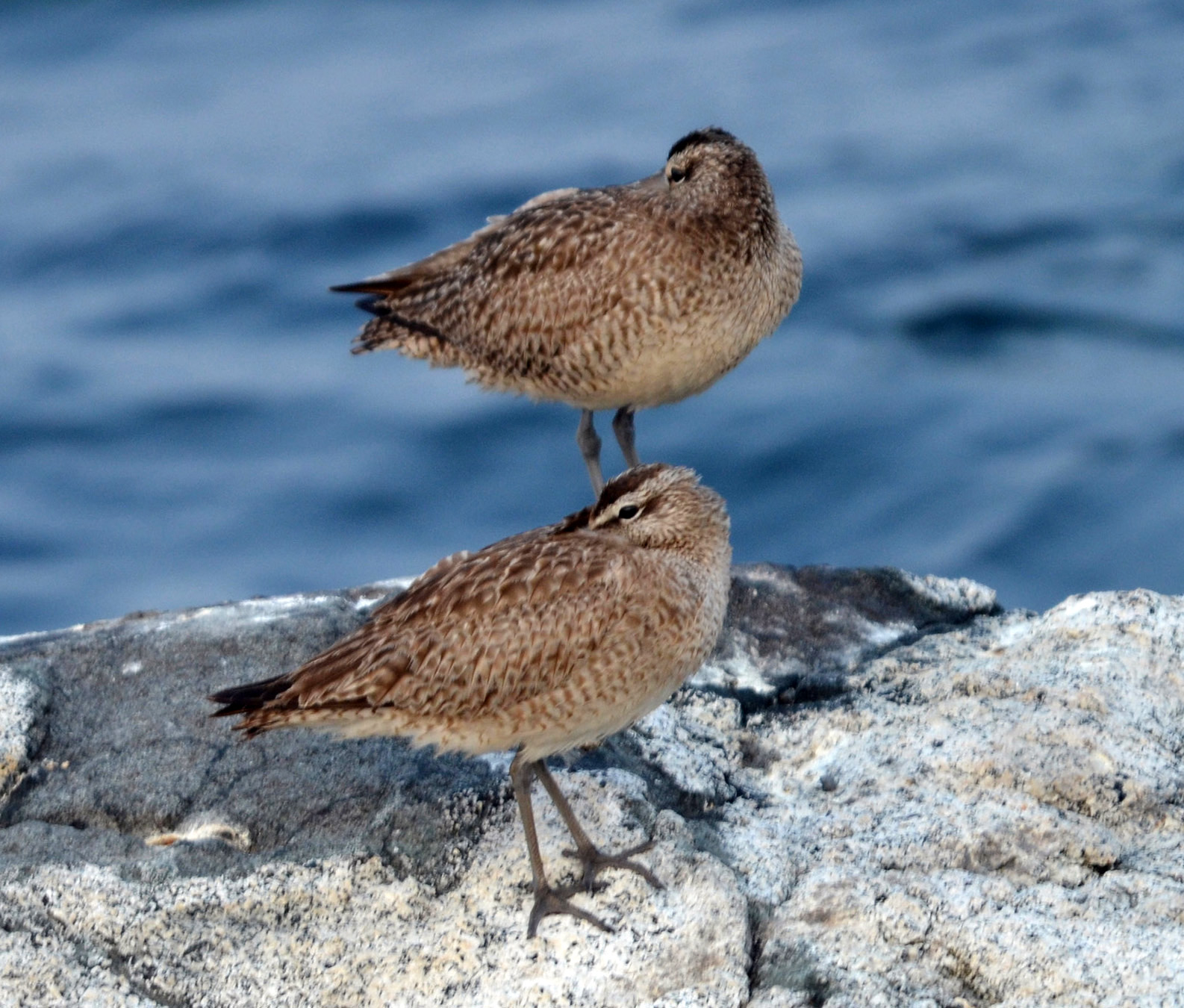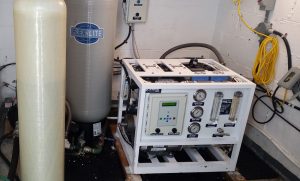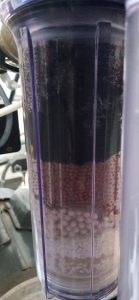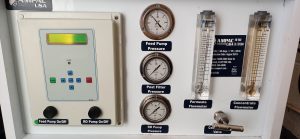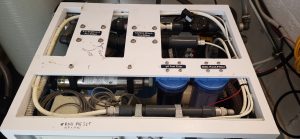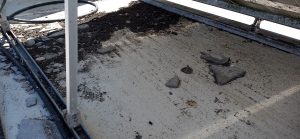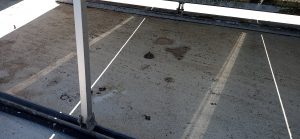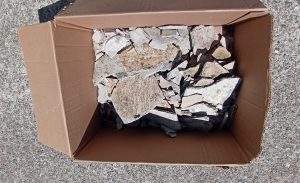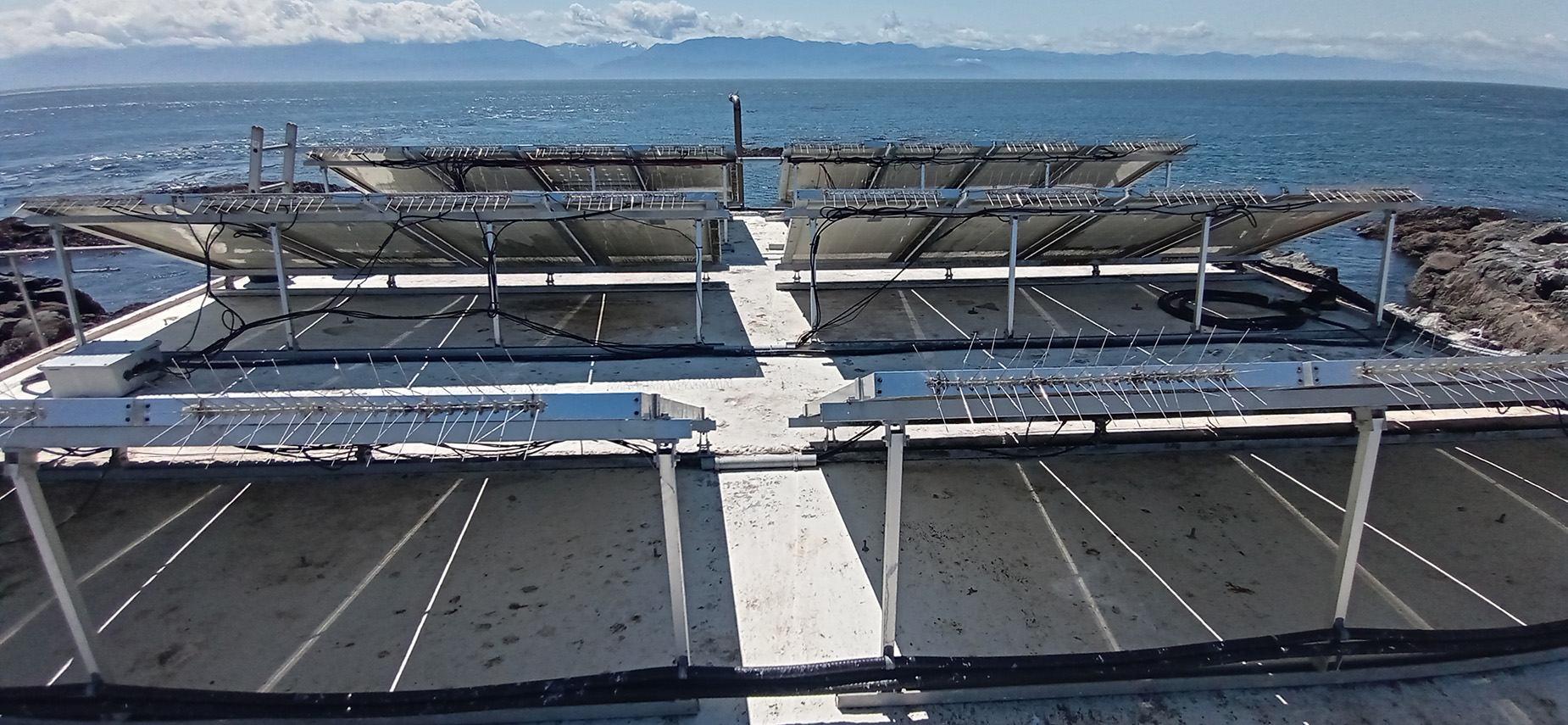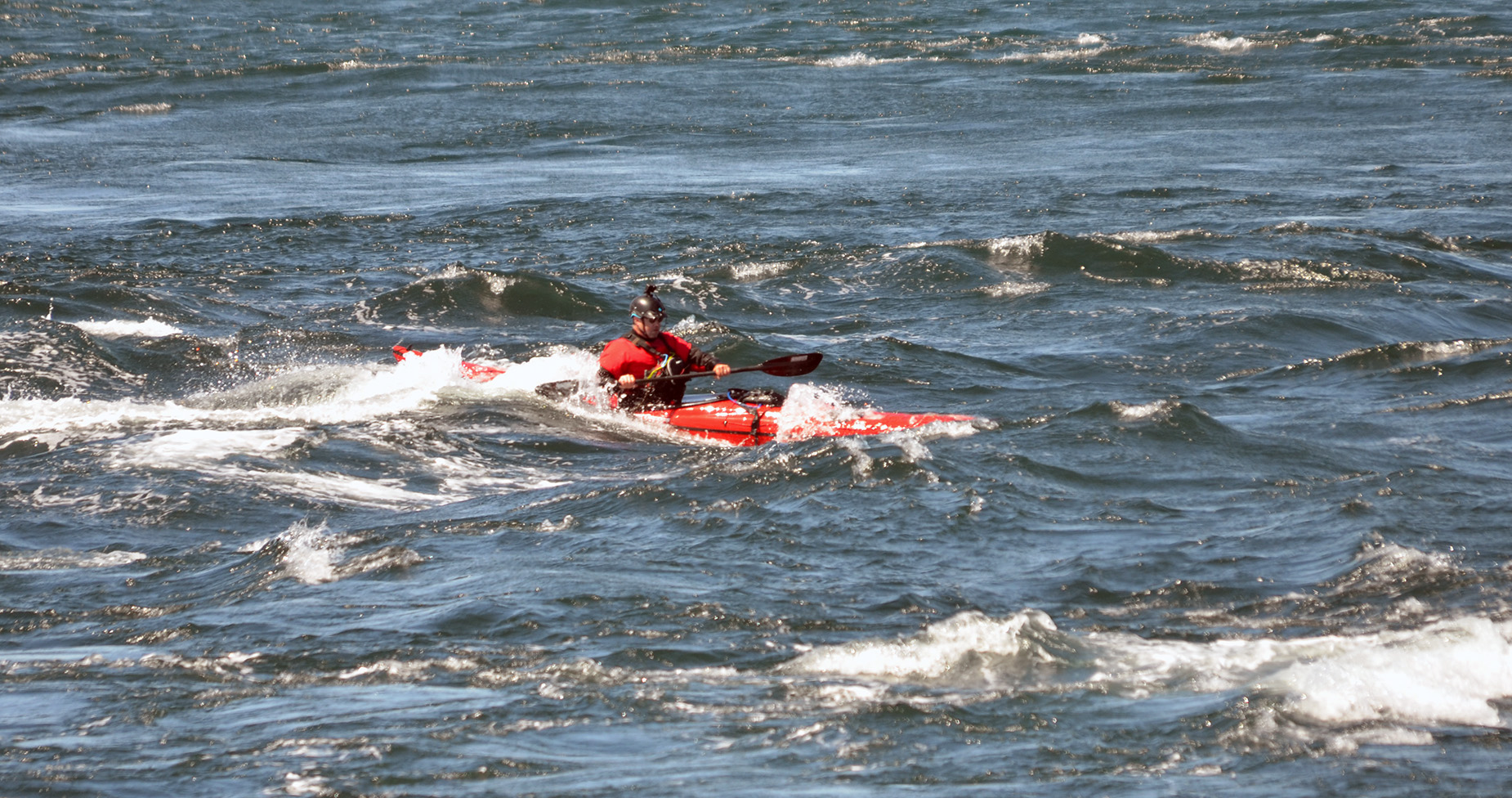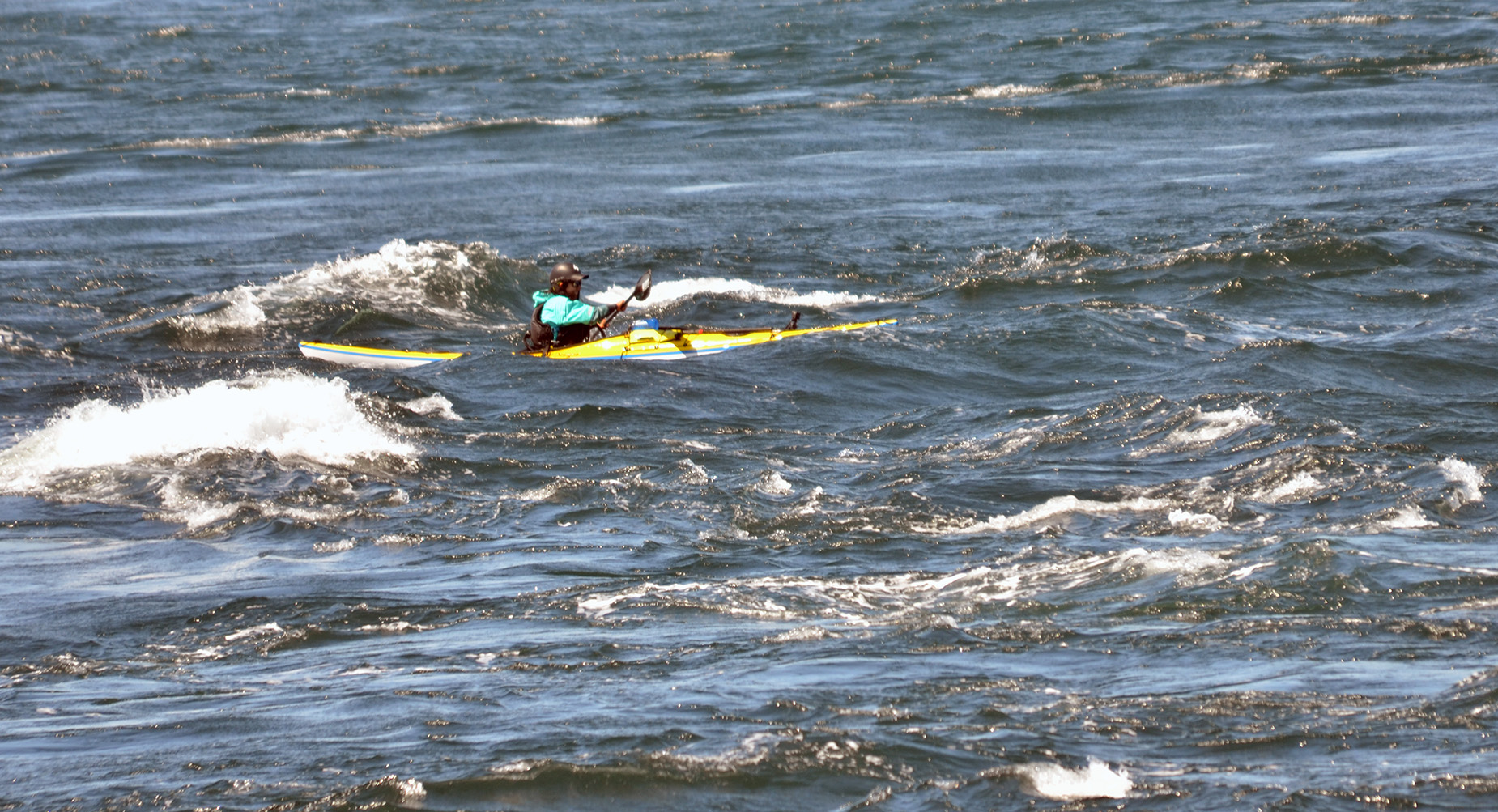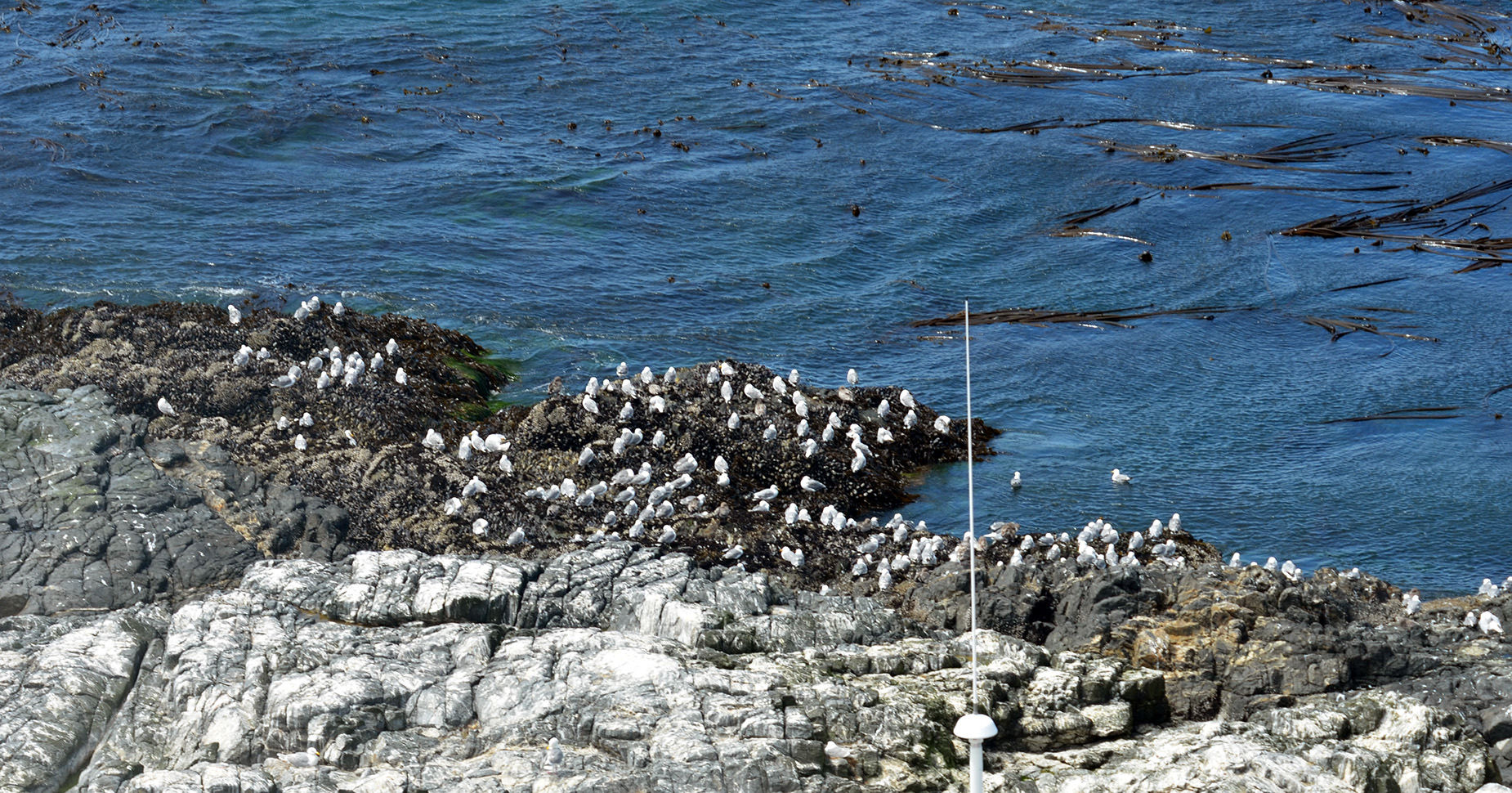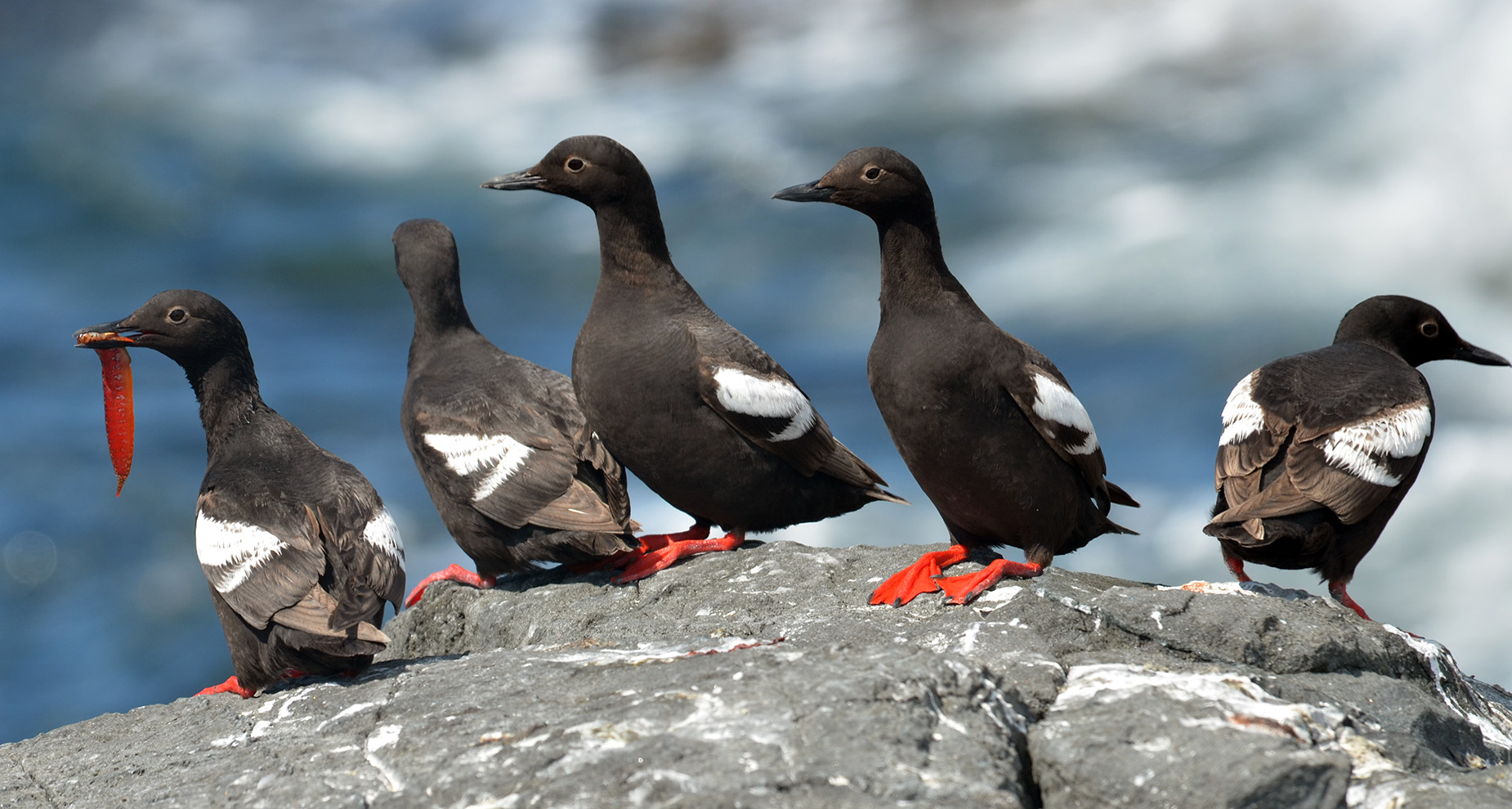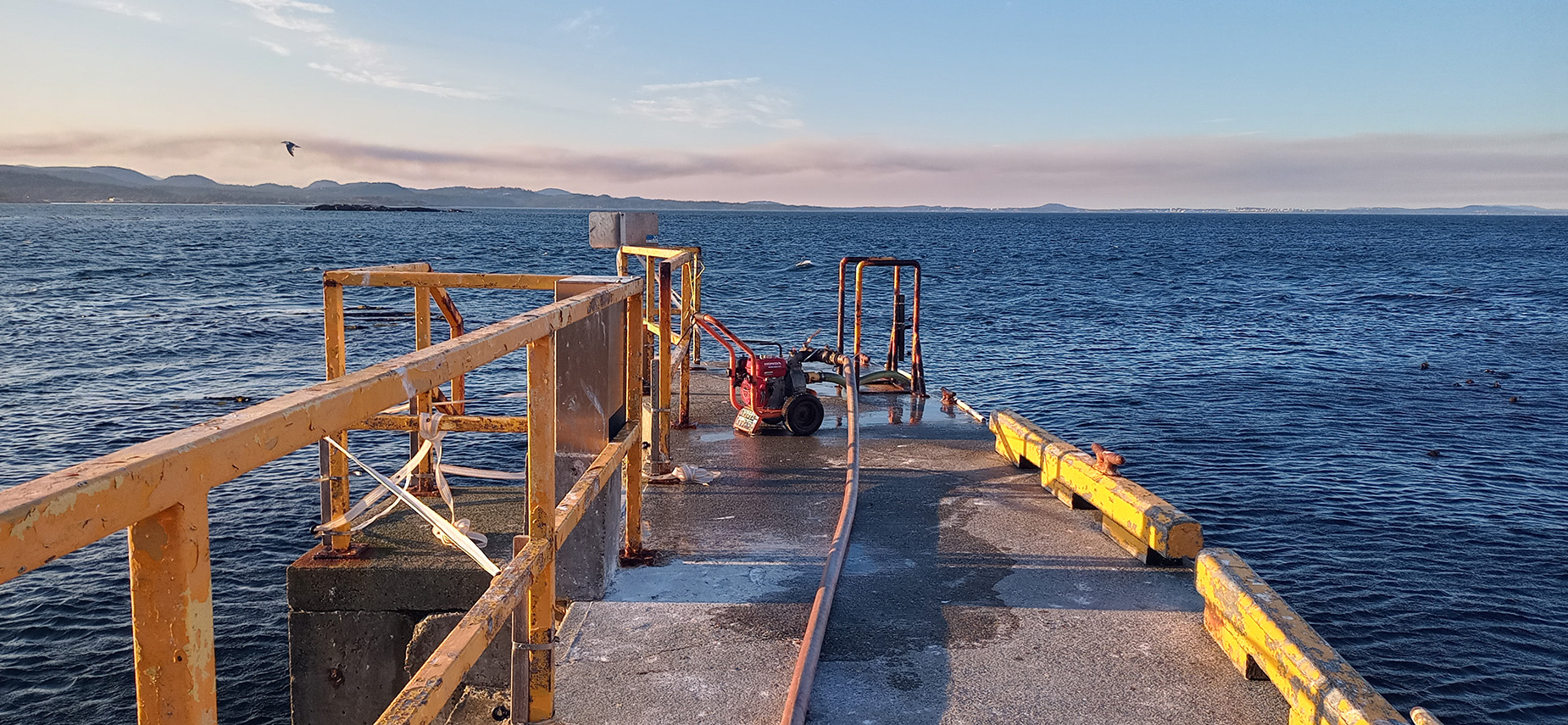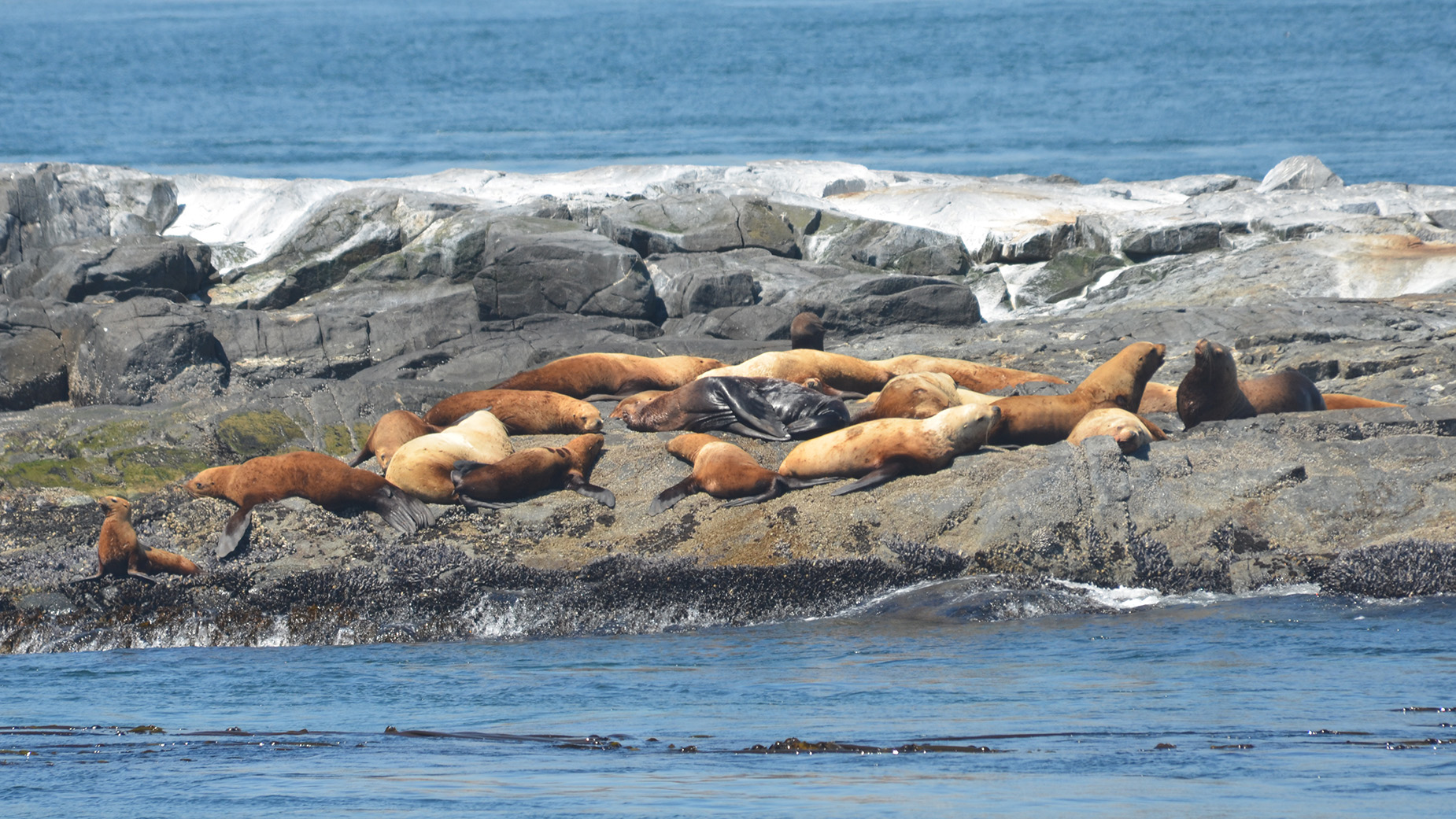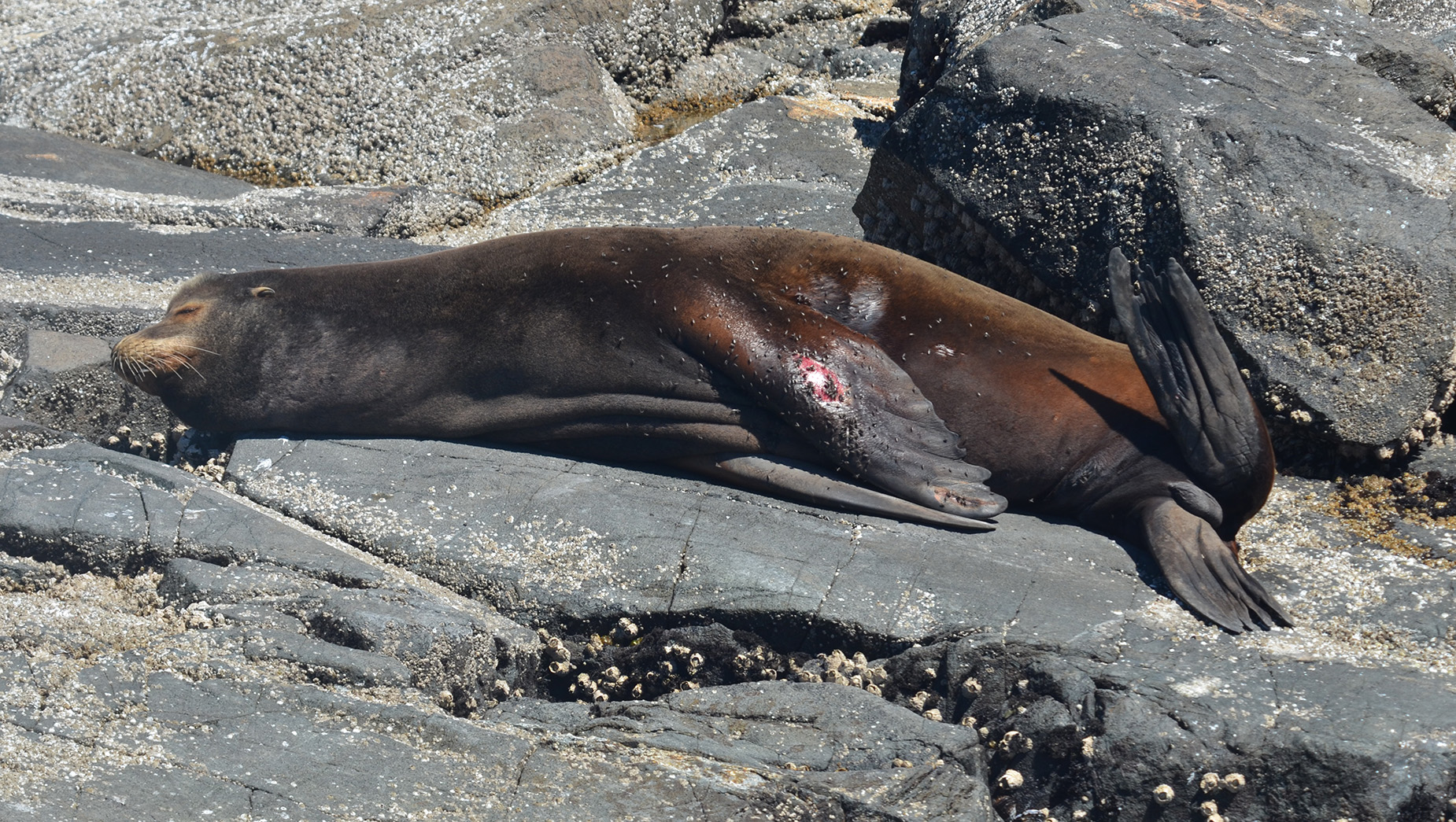It has been a year and seven days since I was last here at Race Rocks. This evening, Greg drove me out from Pearson’s maintenance dock at 17:00. Christine greeted us on the dock. After, we quickly switched food bins and bags in the boat before hauling my stuff up the ramp to the house. We did a short walk around and chat to catch me up on the happenings on the island.
Forty minutes later, Greg and Christine set off towards Pearson, but not before having a round the ecological reserve tour.
I have big shoes to fill from the ecoguardians over the past year who have kept this place running smoothly day to day. Every ecoguardian does different tasks as called upon by the season’s elements, needs of the infrastructure, neighbouring species, and projects they take on to better the place. Some ecoguardians are even excellent landscapers, TikTokers, tinkerers, photographers, and so many other things.
Over the next few weeks, I plan to continue fighting the good fight to keep entropy at bay on Race Rocks :) I am going to frequently exercise the winch and station boat, continue to document the other than human (and some human too) species who visit the ecological reserve, do a little scrubbing of windows and solar panels, as well as whatever other tasks might come up.
- Approaching the Rock
- Inside the cabin of Second Nature with Captain Greg
- Sub adult male elephant seal lying in the grass
- A pigeon guillemot’s dinner that matches the colour of their feet.
- Magic hour view of the ecoguardian’s house and lighthouse. Two elephant seals are on the grass in the middle of the photo.
Facility work:
- Christine left the house and everywhere else very tidy. She also left me notes of today’s vessel traffic and weather before I arrived.
- There was plenty of sunshine for the solar panels to run the island and top up the batteries. Between 13:00 and 15:00, the average solar input was 5 kWh out of the maximum of 7 kWh.
Vessels:
- 32 Ecotourism
- 5 private
Weather:
- Sky: fog bank in the morning, clearing at noon to be partly cloudy. Clear skies after 14:00.
- Wind: west 11-19 knots
- Daytime air temperature: low 14°C, high 17°C
- Seawater temperature at max flood: 10.7°C



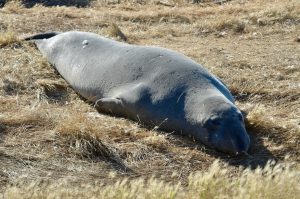
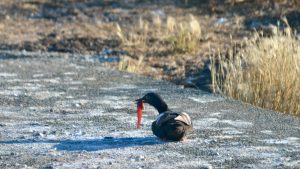

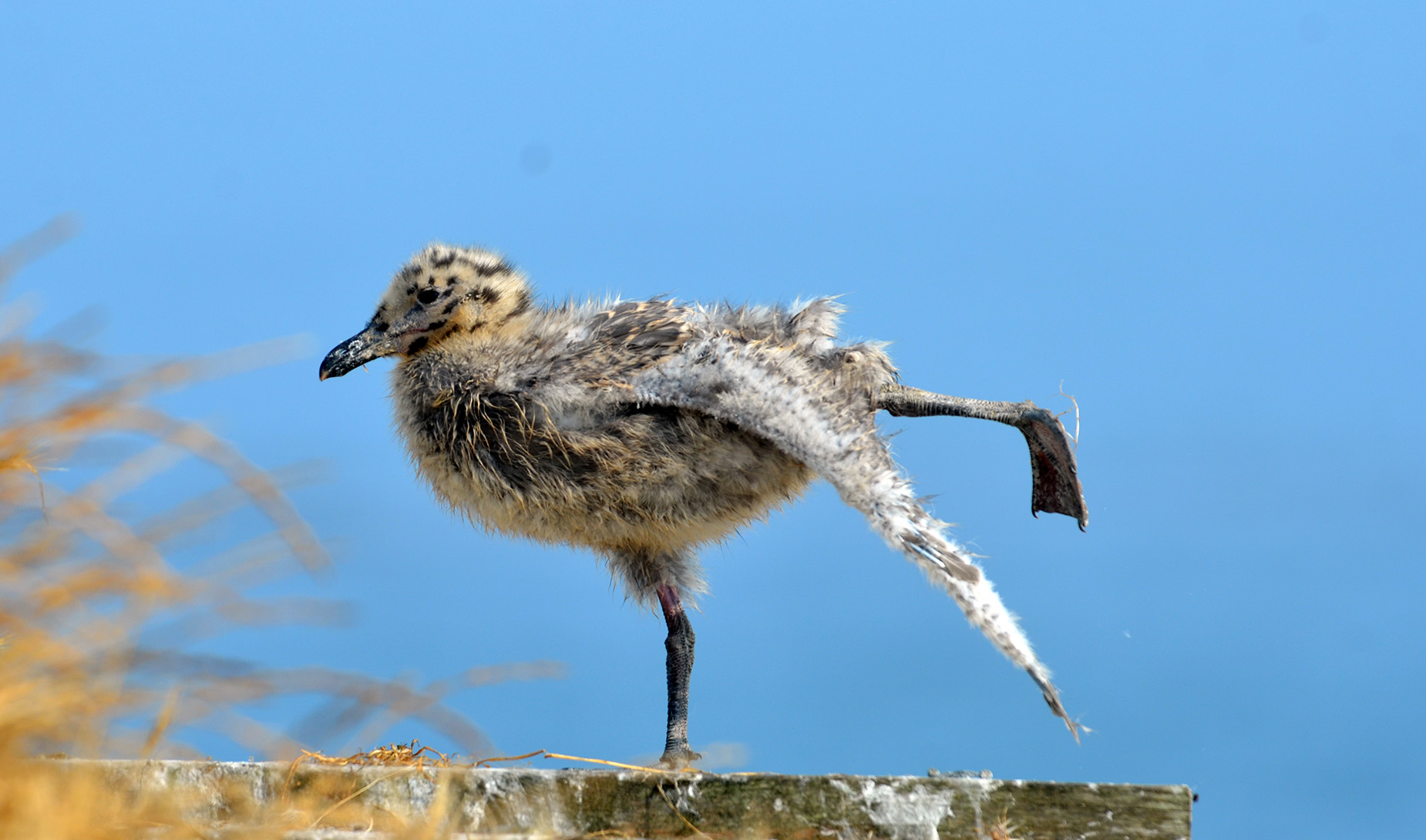


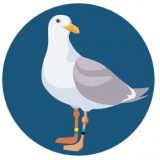
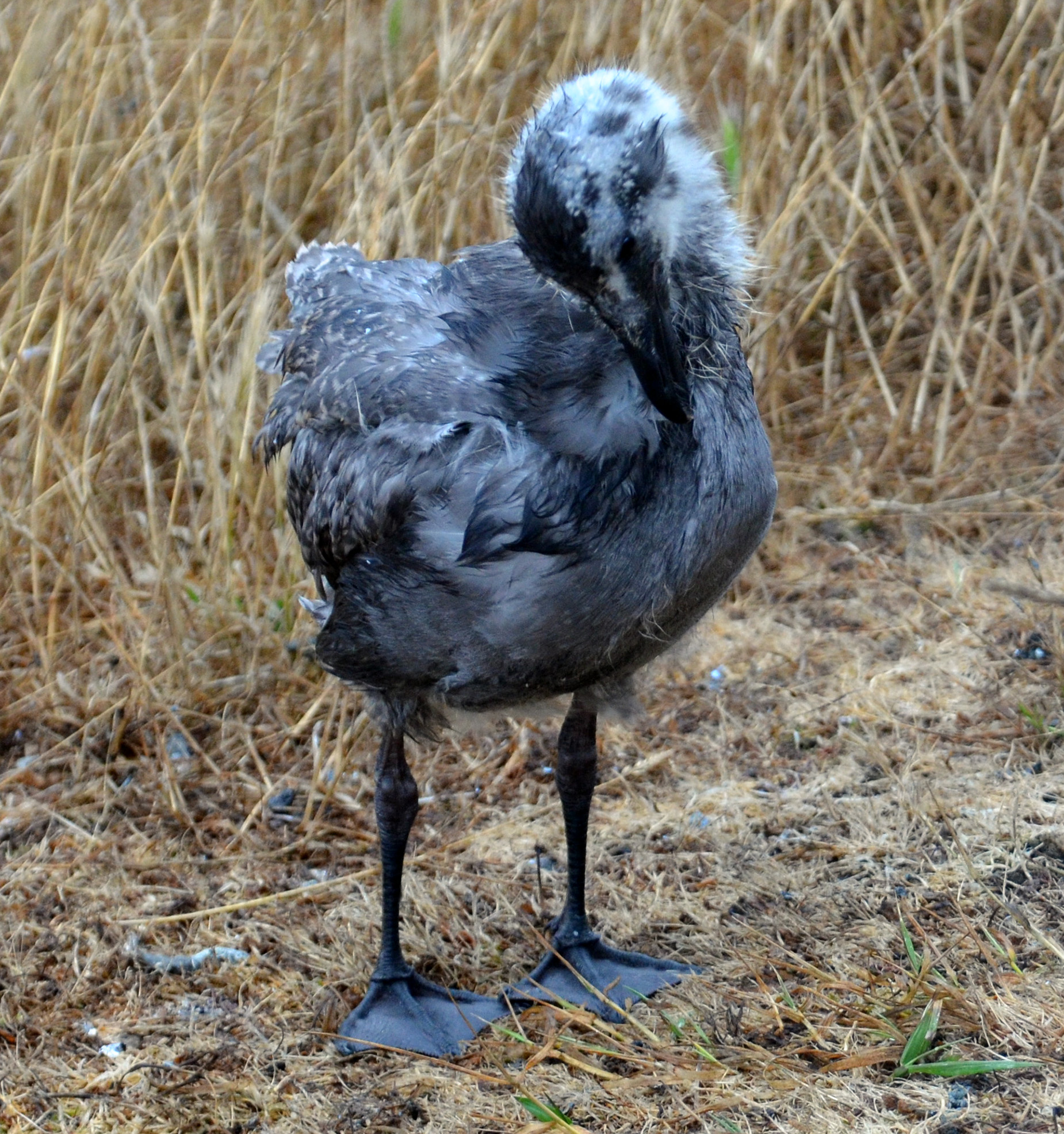
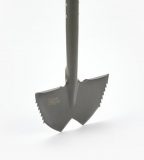 We have several excellent new tools for clearing vegetation. The Root Slayer is one of them. It was pressed into service to help clear vegetation away from the Desalinator Building. Now we can walk from this building to the freshwater tank shed to measure water production levels without fear of stepping on little chicks hiding in the tall grass. I’ve also started on the walkways but this is a bigger job that won’t get completed before I leave.
We have several excellent new tools for clearing vegetation. The Root Slayer is one of them. It was pressed into service to help clear vegetation away from the Desalinator Building. Now we can walk from this building to the freshwater tank shed to measure water production levels without fear of stepping on little chicks hiding in the tall grass. I’ve also started on the walkways but this is a bigger job that won’t get completed before I leave.
